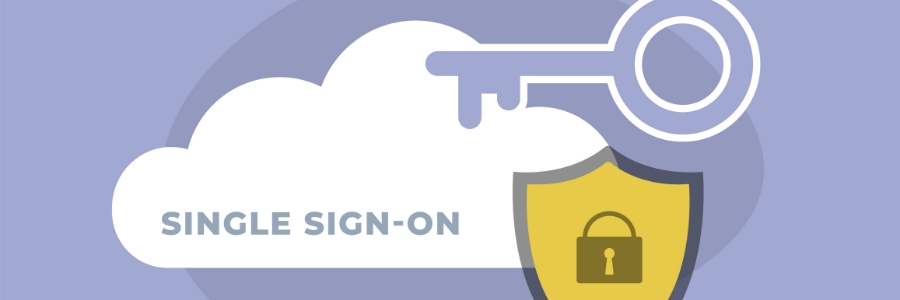Employees facing password overload might be drawn to the ease of reusing credentials. However, this convenience comes at a steep price for company security. Single sign-on (SSO) provides a secure alternative without forcing employees to manage a multitude of logins.
Streamline your logins by embracing single sign-on
NIST’s password guidelines: What you need to know

In case you missed it, the National Institute of Standards and Technology (NIST) released new guidelines for creating and managing passwords. This is great news for anyone looking to improve their online security. But what do these new guidelines mean for you? In this blog post, we will discuss the basics of the NIST password guidelines.
Single sign-on: What it is and why you need it
It’s time to rethink your password strategy
In 2003, the National Institute of Standards and Technology (NIST) stated that strong passwords should consist of upper- and lowercase letters, numbers, and symbols. However, the institute has now reversed its stance. Find out why and learn what their new recommendations are.
What is single sign-on and what are its benefits?
Secure logins are a necessity in business, but managing so many user credentials can get tedious. The good news is that you can simplify your organization’s login processes without compromising security by deploying single sign-on.
What is single sign-on (SSO)?
Single sign-on allows you to use one username and one password to provide secure access to multiple websites.
Think your password is secure? Think again
The National Institute of Standards and Technology (NIST) created many of the password best practices you probably loathe — using a combination of letters, numbers, and special characters. The NIST now says those guidelines were ill-advised and has changed its stance.
It’s time to rethink your password
In 2003, a manager at the National Institute of Standards and Technology (NIST) authored a document on password best practices for businesses, federal agencies, and academic institutions. More recently, however, the institute has reversed its stance.
Secure your passwords now
For years, we’ve been told that strong passwords include three things: upper and lower-case letters, numbers, and symbols. And why wouldn’t we when the National Institute of Standards and Technology (NIST) told us they were the minimum for robust passwords? Here’s why and how it involves you.

